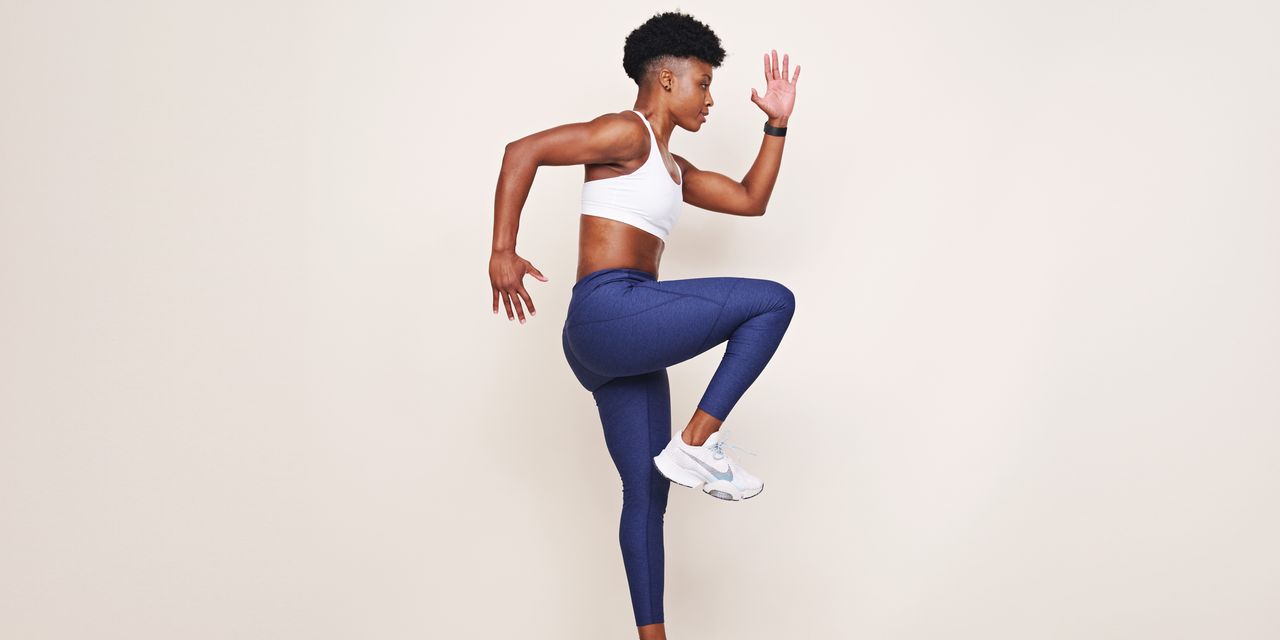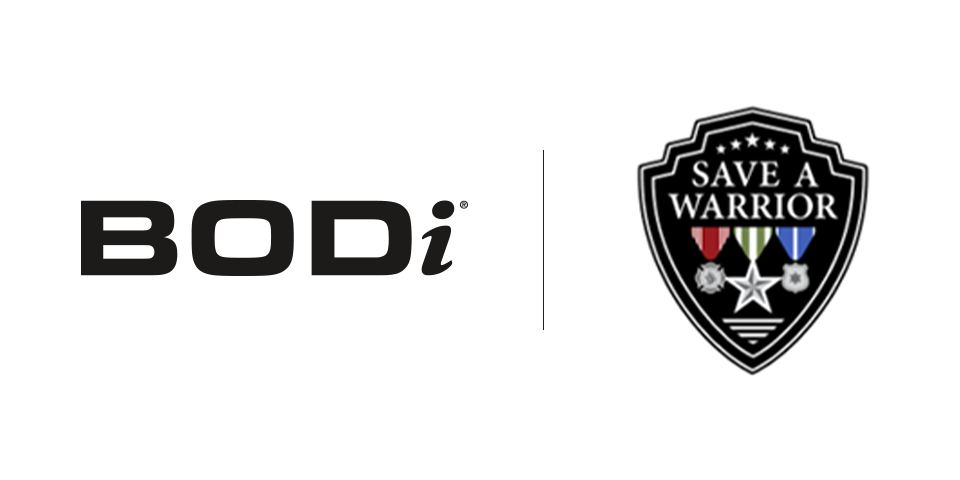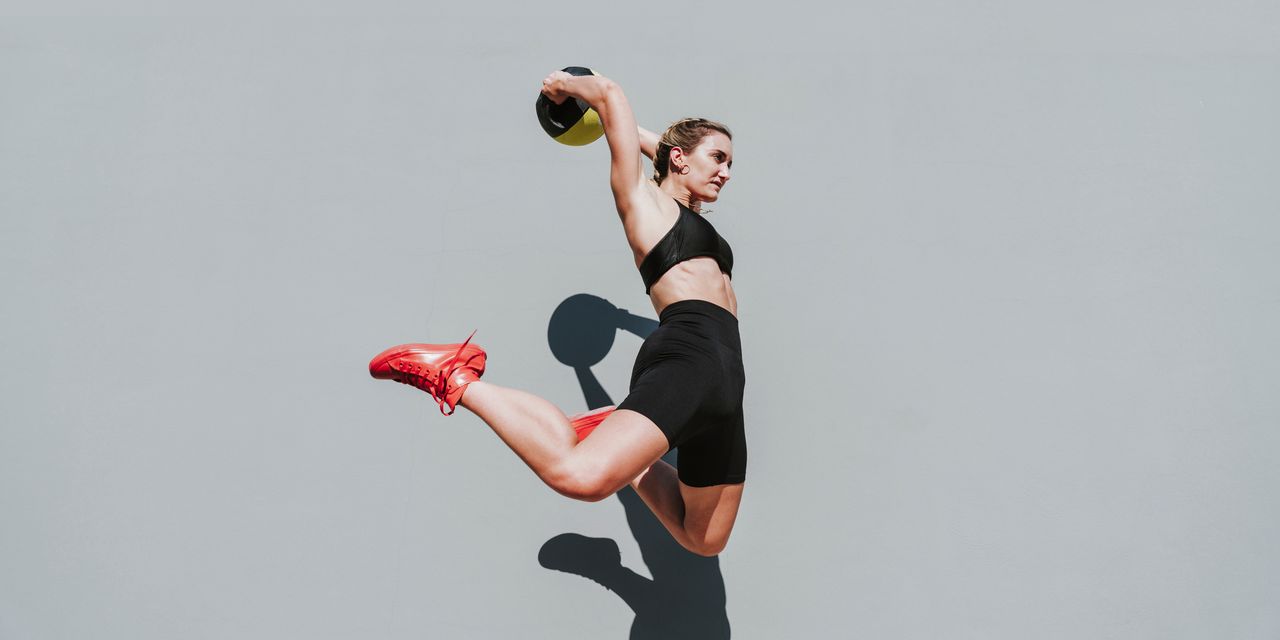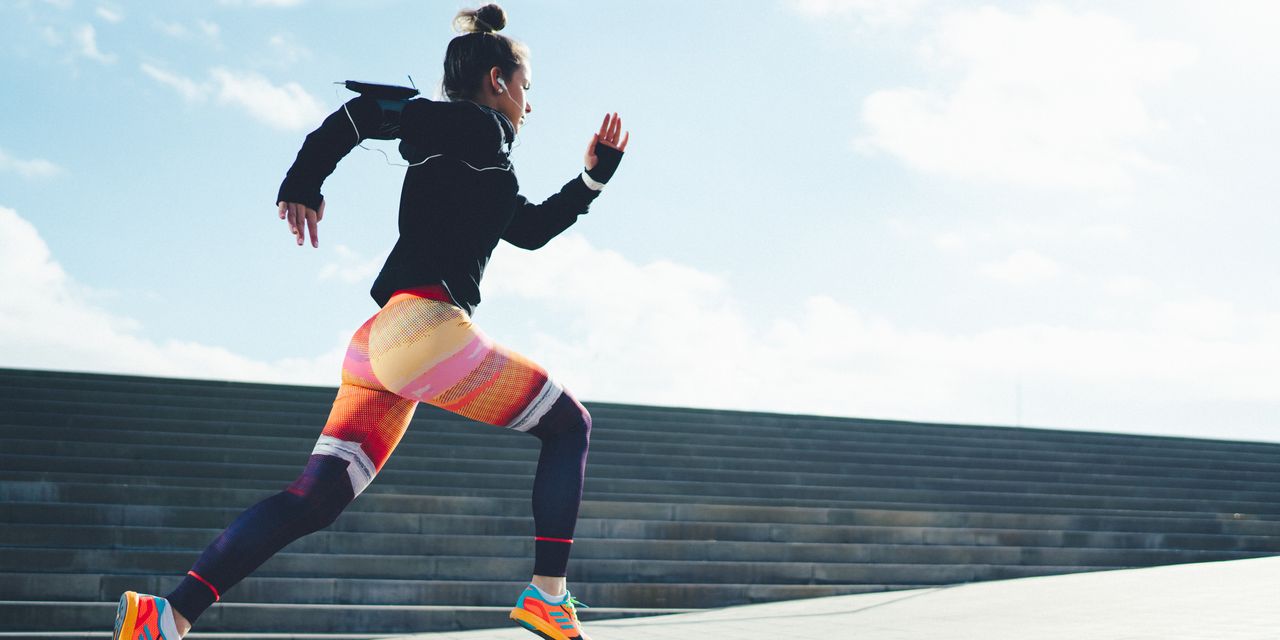A Weighted Vest is the Easiest Way to Upgrade Your Daily Walks
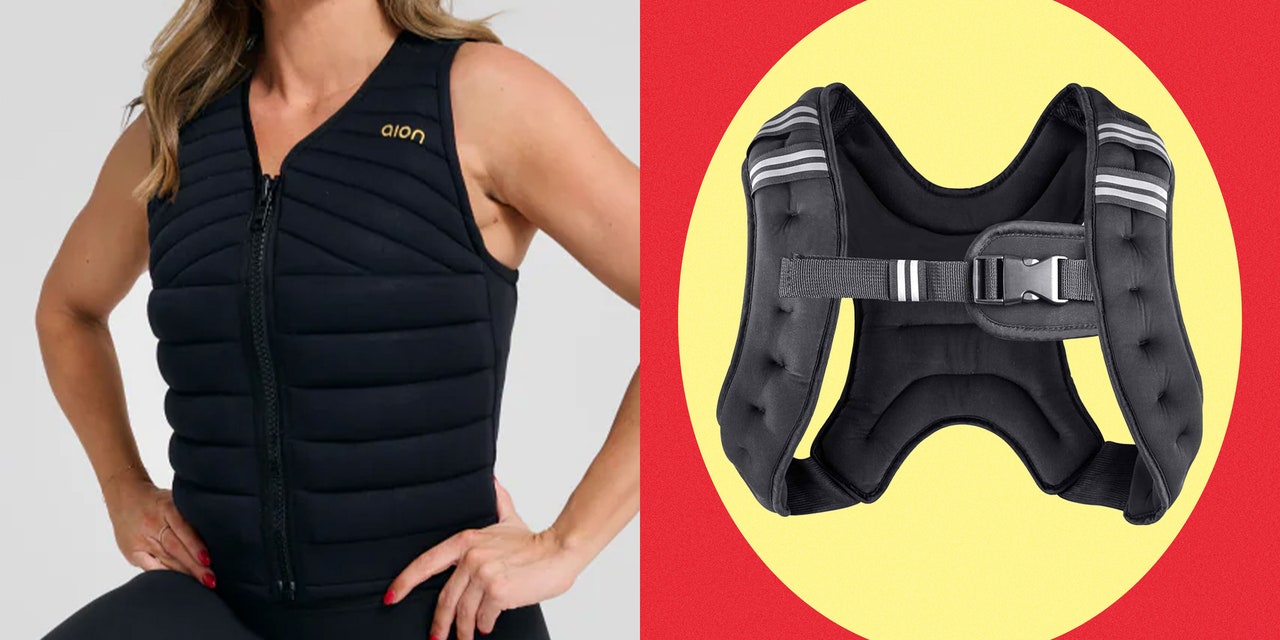
All products featured on Self are independently selected by our editors. However, we may receive compensation from retailers and/or from purchases of products through these links.
Thinking about leveling up your walking workouts? The best weighted vests can help with that. As SELF has previously reported, wearing a weighted vest to add a degree of difficulty to your regular strolls is one FitTok trend that holds water. “Weighted vests are great for people wanting to strengthen their bones ([which is] especially important for women over 50), looking to improve posture and core strength, [as well as] people who want more efficient workouts in less time and those seeking a mindful approach to fitness,” Shannon Jarvis, director of MB360 classes at Life Time, tells SELF.
Consider our curiosity piqued. Now you just need the right hardware to get started. We looked into the best weighted vests on the market to find options suitable for beginners and beyond. They’re comfortable, adjustable, and easy to use. Check out our selections below, then read on to learn more about how a weighted training vest can upgrade your next jaunt around the neighborhood.
Our top picks
- Best Overall: Zelus Weighted Vest, $34
- Best Weight Range: Sportneer Adjustable Weighted Vest, $80
- Best for Beginners: Henkelion Weighted Vest, $27
- Best Backpack Style: Goruck Ruck Plate Carrier 3.0, $115
- Sleekest: Aion Workout Vest, $299
Shop the best weighted vests
Let’s step things up.
Best Overall: Zelus Weighted Vest
This racerback vest makes it easy to get started and level up at your own speed. It comes with six two-pound weights that you can add or remove in increments. They slide right into the vest’s front compartments, so you can find your just-right load within the vest’s range. The lightest option starts at four pounds and goes up to 10 pounds—perfect for beginners. And experienced users will enjoy the heavier-weight option, which lets you load up to 32 pounds.
Plus, this vest comes with some nice practical perks—its breathable neoprene straps won’t chafe on long walks and its back pockets will keep your essentials handy.
Weight options: 4 to 10 pounds, 11 to 20 pounds, and 20 to 32 pounds | Fit: Adjustable waist strap | Style: Pullover
Best Weight Range: Sportneer Adjustable Weighted Vest
Sportneer
Adjustable Weighted Vest
Expert-approved brand Sportneer designed its vest with just about every fitness goal in mind. You can fine-tune the weight to within a single pound, thanks to the range of included inserts. The lighter version of the vest can hold between two and 18 pounds, and comes with eight two-pound weight packs plus a single one-pound pack. The more versatile version of the vest, with a weight range of two to 42 pounds, comes with a whopping 16 2.5-pound weights.
Considering how heavy this vest can get, it’s key that its adjustable straps are highly padded—better to avoid pressure points on your shoulders.
Weight options: 2 to 18 pounds and 2 to 42 pounds | Fit: Adjustable chest, waist, and shoulder straps | Style: Zip-up
Best for Beginners: Henkelion Weighted Vest
This vest from SELF Home Fitness Award–winning brand Henkelion is great for total weighted-vest newcomers. It is simply designed, features reflective strips for visibility, and is available in six fixed weights (unlike other options on our list that use weight inserts, this vest has its weight evenly distributed and sewn into its interior).
All the weight options clock in at or under 20 pounds, with the lightest option weighing four pounds. We like this focus on lighter loads for beginners, because it’s important to go slow when you’re just starting to use a weighted vest.
Weight options: 4, 6, 8, 12, 16, and 20 pounds | Fit: Adjustable chest strap | Style: Strap-on
Best Backpack Style: Goruck Ruck Plate Carrier 3.0
Goruck
Ruck Plate Carrier 3.0
If you’re tapped into the weighted vest conversation online, you’re probably also aware of rucking, a form of weight training where you wear added weight on your back while walking or hiking. As its name suggests, Goruck is one of the brands for rucking enthusiasts, offering loadable backpacks as well as more streamlined options like its Ruck Plate Carrier, featured here.
This is a great pick if you find that front-loading weighted vests throw off your balance or feel too cumbersome. Parts of its exterior are made of Cordura, a super tough, nylon-based material often found in burly workwear, but that doesn’t mean it’ll feel rough against your torso—there’s foam padding along the shoulder straps and lumbar area of the pack itself.
Weight options: 10, 20, 30, and 45 pounds | Fit: Adjustable chest and shoulder straps; two lengths (11.75 and 15.25 inches) | Style: Backpack
Sleekest: Aion Workout Vest
Want your vest to blend in with the rest of your activewear? Consider splurging on this option from Aion, which Jarvis recommends for its light, accessible level of resistance and gently compressive fit. It could pass as any other workout tank, but has about five extra pounds built into it and conforms to your torso to lend support without restricting your movements.
Weight options: 5 pounds | Sizes: XS (fits chests between 28 and 31 inches; waists between 23 and 24 inches) to XL (fits chests between 43 to 47 inches; waists between 30 and 33 inches) | Style: Zip-up
Frequently asked questions about weighted vests
What are the benefits of wearing a weighted vest?
A weighted vest is a great accessory for anyone looking to make their walks more physically challenging, SELF previously reported. That extra weight adds resistance to the muscles you already use while walking (like your core, glutes, hamstrings, quads, and calves). It also makes your shoulder muscles work harder than they would otherwise. That increased intensity demands more from your bones and muscles, as well as your heart and lungs. As a result, your stroll will feel a little closer to strength training and cardio exercise. Wearing a weighted vest might not make your walk as strenuous as a full-blown run, but it’s a simple way to step your light workout up to the next level.
All that said, weighted vests aren’t suitable for everyone. “People with back, joint, or chronic pain issues, heart or cardiovascular problems, balance disorders or dizziness, or those who are pregnant should avoid weighted vests,” Jarvis says. If you’re not sure if a weighted vest is right for you, talk to your doctor or physical therapist.
How to start using a weighted vest as part of your workout
Jarvis recommends starting with a vest that weighs between 5 and 15 pounds (if you want to be more precise, five to 10 percent of your body weight is another good starting point). For the first couple weeks, only wear your vest for five to 10 minutes at a time. After that, you can increase your time to 15 to 20 minutes for another few weeks and work your way up from there. Apply this same approach to how much weight you use—go slowly and let your body acclimate before increasing the load.
In addition to fitness walks, Jarvis says you can wear your vest while working at a standing desk, walking your dog, stretching, or doing light household chores. Steve Stonehouse, NASM-CPT, director of training and experience for Body Fit Training, previously told SELF you can also wear it during bodyweight exercises like push-ups and squats.
Jarvis advises against wearing weighted vests during high-impact, fast-paced activities that involve running and jumping. (The vest could shift and make your movements unstable.) “The key is choosing activities that allow you to maintain proper form and body awareness while benefiting from the gentle, consistent pressure the vest provides,” Jarvis says.
Related:
- The Best Adjustable Dumbbells Make Strength Training at Home Easier
- The Best Mini Steppers for Low-Impact Cardio Workouts at Home
- The Best Home Gym Equipment for Small Spaces, According to Experts and Editors
Get more of SELF’s stellar product recommendations delivered right to your inbox (for free!).

